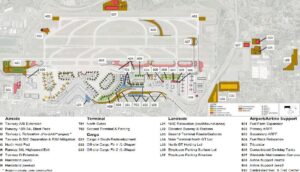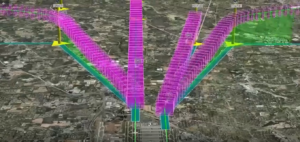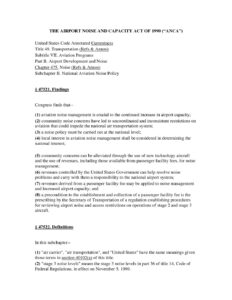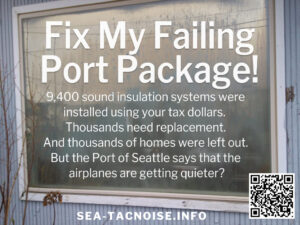Introduction The growth of Sea-Tac Airport has definitely not been linear. There have been many fits and starts that don’t make for easy sound bites. For example, Sea-Tac Airport was able to run over 400,000 operations in 2000 on only two runways. By the time the Third Runway opened for business on November, 20 2008,
SAMP For Dummies
Why electric airplanes are no panacea
The (very) good news is that there is more than one zero-emission aviation technology coming. But at the risk of being Mr. Negative, at least for airport communities, electric airplanes are no panacea. And we say that not to inspire despair but to tell residents the realities, which are: Each of these alternatives comes with
Are the airplanes getting louder and lower?
No. And maybe. Objectively speaking, individual aircraft flyovers near Sea-Tac Airport are not getting lower or louder. (Before you click away in disgust, note that some of our members live as low as ‘760’, ie. when correcting for sea level less than 400 feet directly under the belly of an aircraft. No one is more
So you want to be a Port Commissioner?
The purpose of this explainer is is sort of a handy one-pager for candidates for a seat on the Port Commission. In the past two elections I’ve met with numerous candidates to discuss what the Port Commission might be able to do to help airport communities address the negative impacts from Sea-Tac Airport. The answer.
Why is it getting so much worse? (NextGen For Dummies)
Spoiler alert: The answer is not ‘The Third Runway’. However, you might call the current situation for residents in certain neighborhoods around Sea-Tac Airport a ‘Perfect Storm’. What’s The Frequency, Kenneth? Yes, there has been a great deal of growth in the number of daily operations. First, there is the fact that in 2012 Delta
What exactly is The Port Of Seattle?
The Port is a very misunderstood institution. Understanding its structure and its mission are keys to any successful strategy to reduce noise and pollution at Sea-Tac.
Who decides what happens at Sea-Tac Airport?
If you’re trying to get some relief from all the flights, you probably will have some questions like, “Who do I blame?” And it gets confusing because there are three entities that share responsibility for everything that goes on at Sea-Tac Airport: the FAA, The Port Of Seattle, and the airlines. The Operator: Property Manager
Why Can’t We Have A Curfew?
Blame it on ANCA , the Airport Noise And Capacity Act Of 1990. We keep trying to write a brief history of how all airport law regarding noise and pollution got subsumed from where it was (the EPA) into the FAA, but all people seem to really care about these days is WHY CAN’T WE
The Port Package Explainer
Does your home have a Port Package of noise mitigation windows and insulation? Having problems with your windows? Mold? You’re not alone. Help us help you.



